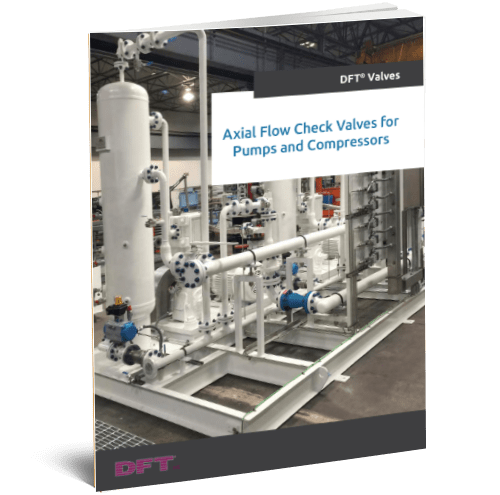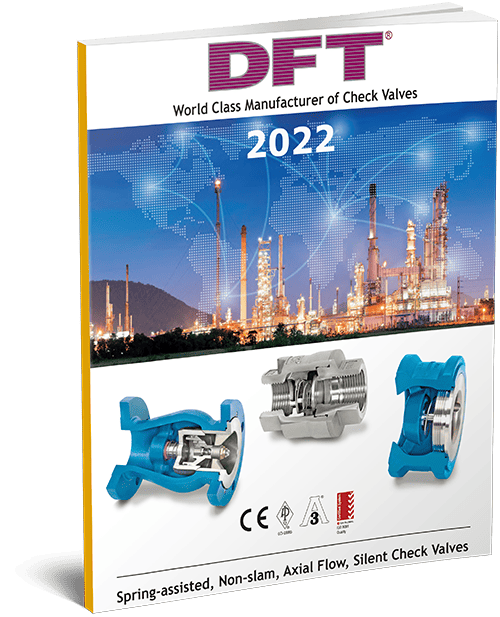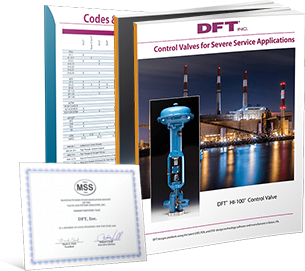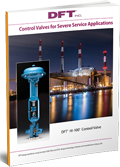Cleaner Energy: Looking to the Future
One of the fastest-growing energy segments in the world is natural gas. The combination of a drive for cleaner energy options and the goal of North American energy independence means that the natural gas industry will only continue to grow moving forward. Extractors long ago realized that traditional transportation options of natural gas, like tankers or
barges, were unfeasible. Instead, the most efficient way to transport natural gas from its extraction site to plants around the country is via pipeline. It’s not just a matter of a simple connection, though. Read on for some facts about one of the most overlooked mechanical aspects of natural gas extraction.
The journey from source to plant can be hundreds or even thousands of miles, across states and continents. As you might imagine, not only is there plenty that can go wrong, but the natural byproducts of this journey must be counteracted along the way. Namely, friction. Friction slows down the travel of the gas incrementally over those hundreds of thousands of miles and, left unchecked, would bring it to a standstill. Engineers counteract that effect by building compressor stations throughout the pipelines, and valves are a key element in making sure these stations operate as they should.
By ensuring full repressurization of the gas thanks to our reverse flow preventing PDC® (pulse dampening check) valves, the gas keeps moving as it should. Pipelines and expensive reciprocating compressors are protected and the resource – the gas – is conserved. From now until 2035, natural gas will account for 80% of new electricity generation capacity. DFT Inc. plans to be there every step of the way.











Comments are closed